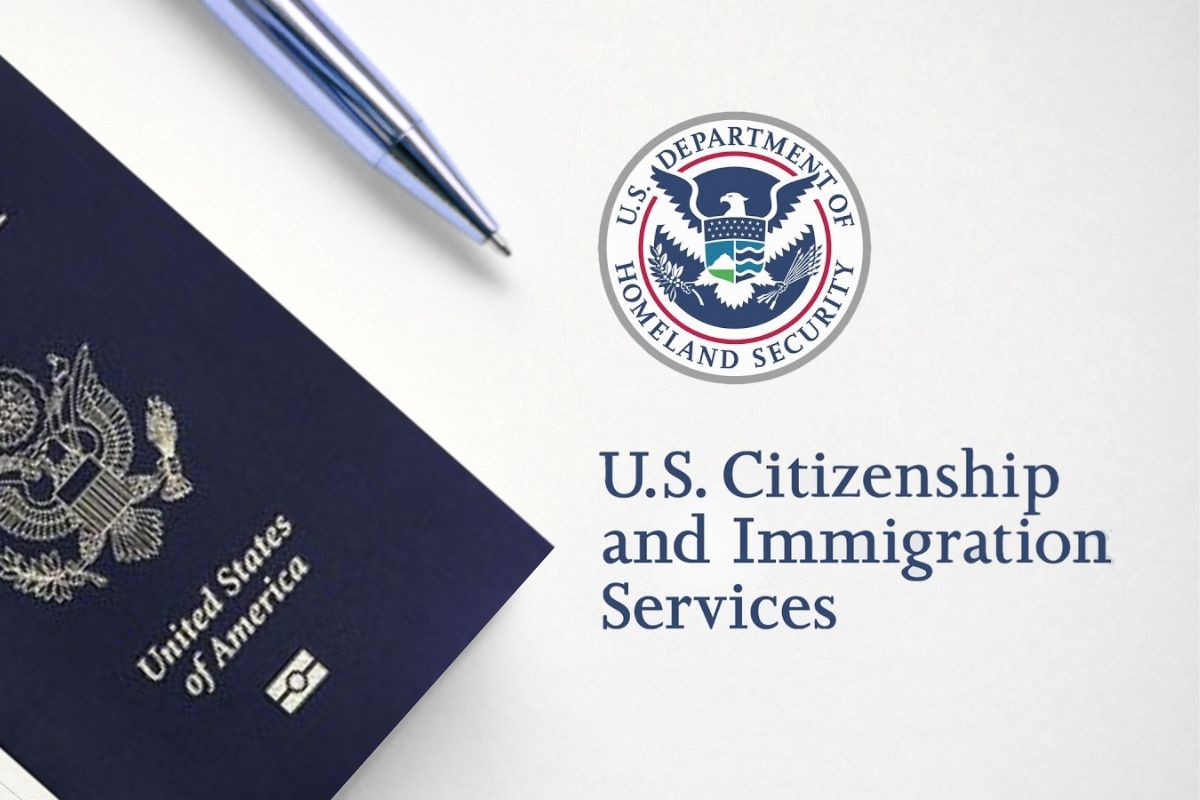Receiving a written decision from USCIS about your immigration application can be a significant moment. This article will clarify what it means when USCIS sends you a written decision, including what to expect from the decision and how it will affect your immigration status.
Understanding the Written Decision from USCIS
A written decision from the U.S. Citizenship and Immigration Services (USCIS) is an official document that communicates the outcome of your immigration application. This decision can either approve, deny, or request further evidence to support your application. Receiving a written decision is a crucial step in the immigration process, as it provides clarity on your case’s status and outlines the next steps you need to take. The decision letter will be detailed, including specific reasons for the decision and any requirements or instructions for further actions.
Understanding the content of this decision is essential. It ensures that you are fully informed about your application’s status and what is required of you moving forward. Whether the decision is favorable or not, it’s important to carefully review the document to understand the reasoning behind USCIS’s determination and to prepare for any subsequent actions or responses.
Timeline for Receiving the Written Decision
The timeline for receiving a written decision from USCIS can vary depending on several factors. Typically, after submitting your immigration application, you should expect to receive a decision within a certain period. Here’s a general overview of what to expect:
- Standard Processing Times: For many applications, USCIS provides an estimated processing time, which can range from a few weeks to several months. You can check these estimates on the USCIS website or contact their customer service for updates.
- Factors Affecting Processing Time:
- Application Type: Different types of applications (e.g., visas, green cards) have varying processing times.
- Application Volume: The number of applications USCIS is processing can affect how long it takes to review yours.
- Additional Information: If USCIS needs more information or documentation, it may extend the processing time.
Delays can occur due to incomplete applications, additional evidence requests, or high caseloads. It’s important to stay updated on your application status through the USCIS online portal and respond promptly to any requests for additional information to avoid further delays.
What to Expect in the Written Decision
When you receive a written decision from USCIS, the document will typically include several key components that provide a comprehensive overview of your application’s outcome. The decision letter will clearly state whether your application has been approved, denied, or if additional evidence is required. It will also outline the reasons behind the decision, referencing specific parts of your application or supporting documents that influenced the outcome. This clarity is essential, as it helps you understand exactly why USCIS made their determination and what steps you need to take next.
In addition to the decision itself, the letter will often include detailed instructions on what to do next. If your application is approved, the letter will guide you on the following steps to finalize your status or benefits. If denied, the letter will explain your options, such as filing an appeal or submitting a new application. In cases where additional evidence is needed, the document will specify what is required and the deadline for submission. This information is crucial for ensuring that you respond appropriately and within the required timeframes to avoid further delays in your immigration process.
Implications of an Approved Decision
|
Action Required |
Details |
Next Steps |
|
Finalize Status |
Confirm the approval and complete any additional requirements. |
Follow the instructions in the decision letter. |
|
Document Issuance |
Receive and review any official documents issued, such as visas or green cards. |
Ensure all information is accurate and update any personal records as needed. |
|
Immigration Status |
Understand how the approval affects your immigration status and rights. |
Comply with any conditions attached to your approval. |
After receiving an approval decision from USCIS, there are several important steps you should take:
- Review the Decision Letter: Confirm that your application has been approved and identify any additional requirements or forms that need to be completed. Ensure you follow all instructions carefully to finalize your status.
- Receive and Verify Documents: You will receive official documents such as a visa or green card. Check that all information is accurate and make any necessary updates to your personal records or identification.
- Understand Your Status: Determine how the approval impacts your immigration status and any associated rights. Make sure to comply with any conditions outlined in the decision to maintain your status and avoid potential issues.
Following these steps will help ensure that you fully benefit from your approved application and remain in good standing with USCIS.
Implications of a Denied Decision
When USCIS denies your application, it’s important to understand the implications and explore your options. A denial can significantly impact your immigration status and plans, but there are steps you can take to address the situation. First, review the denial letter carefully. It will detail the reasons for the denial, which may include issues such as incomplete documentation, failure to meet eligibility requirements, or errors in the application. Understanding these reasons is crucial for determining your next course of action.
Options After a Denial:
- Appeal the Decision: Depending on the type of application, you may have the right to appeal the decision to the Administrative Appeals Office (AAO). The appeal process involves submitting a written statement explaining why you believe the decision was incorrect and providing any additional evidence.
- File a Motion to Reopen or Reconsider: You can request USCIS to reopen or reconsider your case. This involves presenting new evidence or correcting errors in the original application. This option is typically available if there is new information or if there was a mistake in the decision-making process.
- Reapply: If an appeal or motion is not feasible, you can choose to reapply. This involves submitting a new application, potentially with additional documentation or corrections to address the issues that led to the initial denial.
- Consult an Immigration Attorney: Seeking advice from an immigration attorney can provide guidance on the best course of action based on your specific situation. An attorney can help you navigate the appeals process, file motions, or prepare a new application.
Understanding these options and acting promptly is important to address the denial and improve your chances of a favorable outcome in future applications.
How to Respond to a Request for Additional Evidence (RFE)
Receiving a Request for Additional Evidence (RFE) from USCIS means that your application is under review but requires more information or documentation before a decision can be made. The RFE letter will specify what additional evidence is needed and provide a deadline for submitting this information. It’s important to carefully review the RFE to understand exactly what is required, as failing to provide the requested documents or information could result in a denial of your application.
When responding to an RFE, ensure that you gather and submit all requested evidence within the specified timeframe. Provide clear, organized documentation that directly addresses the issues raised in the RFE. If you need additional time or assistance, you may request an extension, but it’s crucial to act promptly to avoid delays. Properly addressing an RFE not only supports the approval of your current application but also demonstrates your attention to detail and compliance with USCIS requirements.

